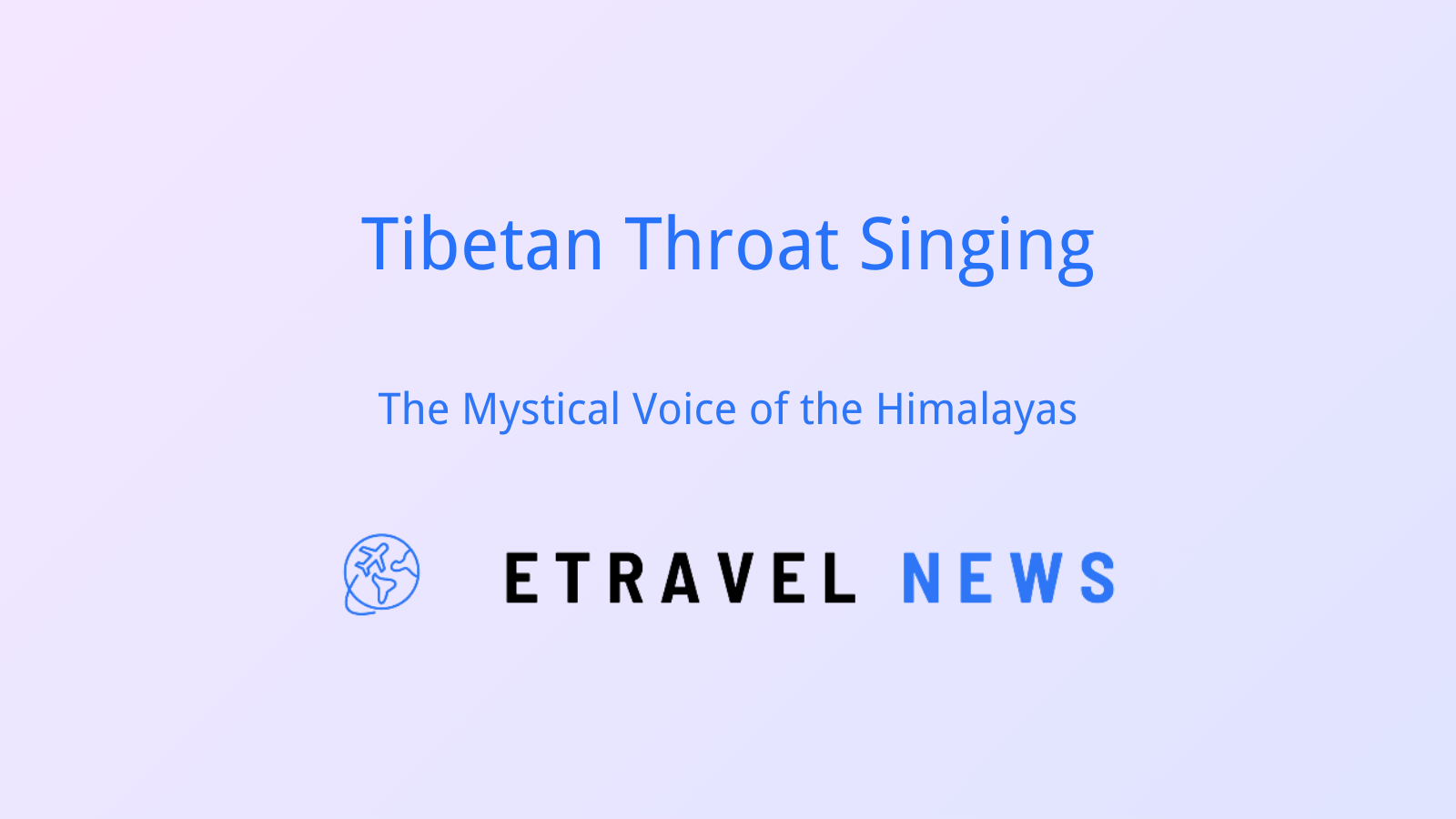Introduction to Tibetan Throat Singing
Tibetan throat singing, a mesmerizing vocal technique, stands as a unique cultural gem in the rich tapestry of Tibetan arts. This extraordinary form of music production allows singers to create multiple pitches simultaneously, resulting in a haunting, otherworldly sound.
Key features of Tibetan throat singing include:
- Production of overtones above a fundamental pitch
- Deep, resonant base tones
- Connection to spiritual and meditative practices
In Tibetan society, throat singing holds profound cultural significance, often used in religious ceremonies, seasonal celebrations, and as a form of personal spiritual expression.
History and Origins
The roots of Tibetan throat singing stretch back centuries, intertwining with the region’s ancient shamanic practices and later Buddhist traditions. As Buddhism took hold in Tibet, throat singing found its place in monastic rituals, evolving into a powerful tool for meditation and spiritual cultivation.
Over time, this vocal art has adapted, influenced by:
- Tibetan opera traditions
- Folk music styles
- Interactions with neighboring cultures like Mongolia
Today, Tibetan throat singing represents a living link to Tibet’s rich spiritual and cultural heritage.
Techniques and Styles
Tibetan throat singing encompasses various styles, each with its unique characteristics:
| Style | Description | Key Features |
|---|---|---|
| Gyuke | Low overtone, drone-like | Deep, resonant base; subtle harmonics |
| Dzoke | High, whistling overtones | Clear, piercing upper tones |
| Gyer | Narrative chanting | Storytelling with overtone embellishments |
The basic principle involves manipulating the vocal tract to amplify specific harmonics, creating distinct overtones above a fundamental pitch.
While similar to Tuvan and Mongolian throat singing, Tibetan styles often have a stronger connection to Buddhist chanting and meditation practices.
Spiritual and Meditative Aspects
In Tibetan Buddhism, throat singing serves as:
- A component of ritual ceremonies
- A tool for personal meditation
- A means of connecting with higher states of consciousness
Practitioners believe that the vibrations produced during throat singing can:
- Align chakras (energy centers in the body)
- Induce altered states of awareness
- Facilitate spiritual healing
The deep resonance and overtones are thought to represent the primordial sound of the universe, connecting the singer and listener to the cosmic order.
Modern Appreciation and Global Influence
In recent decades, Tibetan throat singing has captivated audiences worldwide:
- Western musicians incorporate elements into contemporary compositions
- Documentaries and world music festivals showcase the art form
- Collaboration between Tibetan and international artists creates fusion styles
Notable Tibetan throat singers like Lama Tashi have brought this ancient art to global stages, fostering cross-cultural appreciation and understanding.
Learning and Practicing
For those interested in exploring Tibetan throat singing:
- Start with proper breathing techniques
- Practice producing a steady drone
- Experiment with tongue and lip positions to create overtones
Challenges include:
- Developing muscle control in the throat and mouth
- Maintaining consistent breath support
- Distinguishing and controlling individual overtones
Resources for learning:
- Online tutorials and video lessons
- Workshops led by experienced practitioners
- Books on Tibetan music and culture
Health note: Always practice gently and stop if you experience discomfort. Consult with a vocal coach or healthcare professional before intense practice.
Experiencing Tibetan Throat Singing
To fully appreciate Tibetan throat singing:
- Visit monasteries in Tibet or Nepal during ceremonies
- Attend cultural festivals in Lhasa, especially during Losar (Tibetan New Year)
- Explore recordings by artists like Lama Tashi or Tibetan Monks of the Drepung Loseling Monastery
When attending live performances:
- Observe respectful silence during the performance
- Avoid flash photography unless explicitly permitted
- Dress modestly, especially in religious settings
For a deeper understanding, consider documentaries like “The Yogis of Tibet” or “The Gyuto Monks of Tibet,” which offer insights into the spiritual context of this extraordinary vocal art.
Tibetan throat singing offers a unique window into the spiritual and cultural world of Tibet. Its haunting tones and profound spiritual significance continue to captivate people around the globe, serving as a powerful reminder of the rich traditions preserved in the Land of Snows. Whether experienced in the echoing halls of a Himalayan monastery or through modern recordings, Tibetan throat singing invites listeners on a mesmerizing journey through sound and spirit.






